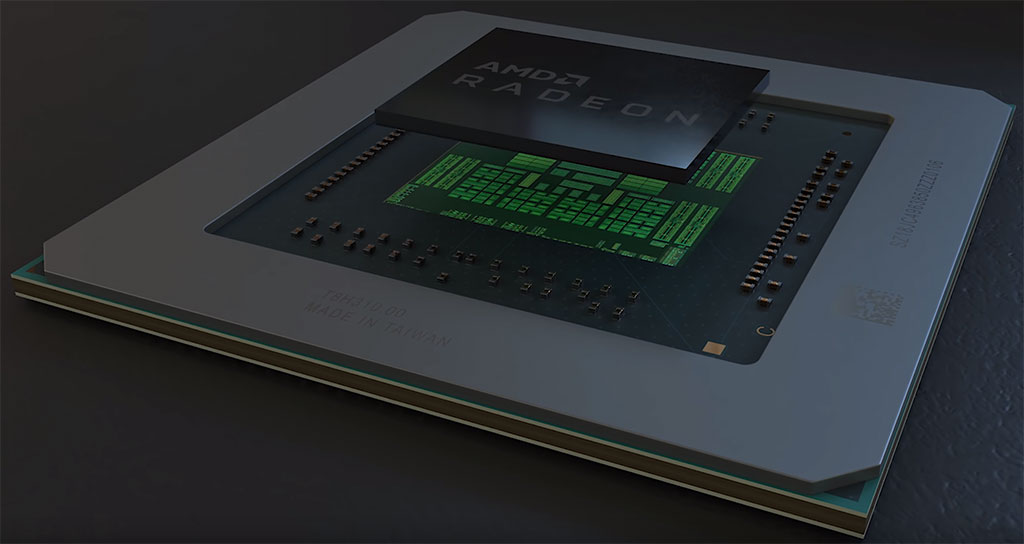This whitepaper takes a deep dive into the RDNA architecture powering Navi
What makes the Radeon RX 5700 series tick.

AMD did not just launch a new round of graphics cards with its Radeon RX 5700 series, it introduced a brand new GPU architecture to power its Navi chips, which are built on a 7-nanometer manufacturing process. It's called RDNA (Radeon DNA), and it replaces the company's GCN (Graphics Core Next) architecture that's been driving AMD's GPU efforts for the past several years. Curious about the change? AMD just recently published a whitepaper (PDF) that covers RDNA in detail.
There's not really anything new contained in the whitepaper, and Jarred already wrote about several of the finer bits back in June. However, it's a longer breakdown of RDNA and how how it compares to GCN. If you have time to read a 25-page document (it's actually 21 pages if you skip the table of contents and legal disclaimer), it will give you a sort of low-level dissection of the architecture and why AMD thinks it's better suited for the long haul.
Obviously there is a fair amount of techno-babble in the whitepaper. However, AMD does a good job of explaining how things work, and it's a good read for anyone who wants to broaden their knowledge of how GPUs work, and in particular Navi.
AMD also goes into a strategic overview of where it sees RDNA going from here. The 5700 series is far from the end of the road.
"Thanks to AMD’s wide influence and extensive partnerships, the RDNA architecture will roll out and eventually touch nearly every part of the industry. The RDNA family will ultimately grow to include power-constrained smartphone and tablet processors, gaming consoles, cloud gaming services, and a full spectrum of gaming GPUs from low-cost to the highest performance, bringing the benefits of the RDNA architecture to millions of devices and people across the planet," AMD concludes.
Much of that we already knew. For example, both Sony and Microsoft are planning to build next-generation gaming consoles (PlayStation 5 and Project Scarlett, respectively) around a custom Navi GPU, powered by the RDNA architecture. The bit about targeting smartphones and tablets is interesting, though.
It's also interesting to see AMD reference RDNA spanning "low-cost to the highest performance" GPUs. As things stand right now, Nvidia's Turing GPU holds the top spot in the consumer gaming space, in the form of the GeForce RTX 2080 Ti. AMD's whitepaper hints at a future version of Navi that will compete at the top end.
The biggest gaming news, reviews and hardware deals
Keep up to date with the most important stories and the best deals, as picked by the PC Gamer team.
Paul has been playing PC games and raking his knuckles on computer hardware since the Commodore 64. He does not have any tattoos, but thinks it would be cool to get one that reads LOAD"*",8,1. In his off time, he rides motorcycles and wrestles alligators (only one of those is true).


